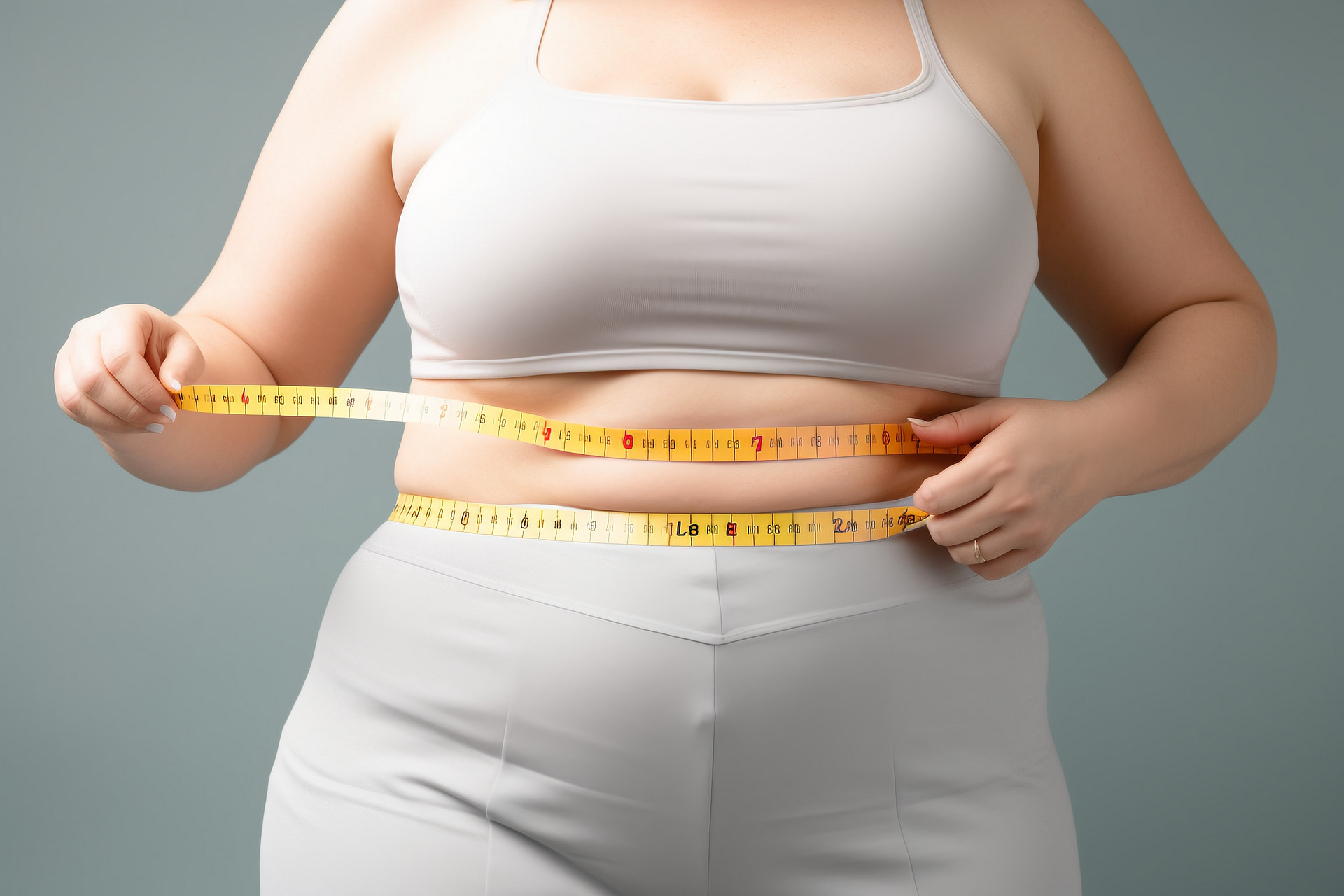Spring is a season of rejuvenation and blooming flowers, making it a suitable time for stretching and opening exercises such as yoga. Yoga is not only beneficial for burning fat and calming the mind, but also for detoxifying the body and achieving a radiant appearance. Let's take a look at how beginners can learn yoga on their own to make their bodies more flexible and agile.
How to Learn Yoga on Your Own
- Many new students are eager to know how much time and effort they need to invest in yoga and how long it will take to achieve their yoga goals. However, yoga is not a goal, it is a lifelong process that allows us to reconnect with our natural essence, enrich our lives, and improve our quality of life. Once we realize the inner meaning, we can wholeheartedly dedicate our lives and time to understanding it.
- Learning yoga is different from other forms of learning as it involves both physical training and theoretical knowledge. Therefore, the learning time varies for each individual based on their physical condition and learning ability.
- In China, there are many institutions that offer yoga instructor training programs, but the quality and duration of the courses vary greatly. Most yoga instructor programs in China are divided into beginner, intermediate, and advanced levels, with durations ranging from 30 to 90 days. For self-study, it usually takes about 2 years for students with good comprehension and strong learning abilities to grasp the essentials.
How to Make Your Body More Flexible
- Leg Raises and Stretches: Sit down and lift your legs straight forward with your feet stretched. Hold for a moment, then lower and repeat. If possible, lift your hips off the seat and stretch your whole body as much as possible. Hold for a moment, then return to the starting position and stretch again.
- Knee Squeezes: Clench your fists and place them between your knees, then squeeze your knees together with force.
- Full Body Relaxation: Sit upright, relax your whole body, close your eyes, clear your mind, and breathe naturally and deeply.
The Main Benefits of Practicing Yoga
- Yoga can help cultivate inner peace and tranquility.
- Regular practice of yoga can enhance the body's resistance, reducing the occurrence of diseases such as the common cold.
- Yoga can improve personal emotions and mental well-being. It has a rejuvenating effect on the glandular and nervous systems, leading to a positive state of mind, increased confidence, and a more optimistic outlook on life.
- Regular practice of yoga can help maintain the balance of the body's major systems and improve overall physical health.
- Yoga can help prevent diseases and alleviate fatigue in both the muscles and internal organs.
Precautions for Practicing Yoga
- Avoid practicing yoga on an empty stomach. It is best to have a meal at least one hour before yoga practice. If you are feeling hungry and there is not enough time for a meal, you can have a banana 20 minutes before yoga practice to satisfy hunger without causing indigestion.
- Pay attention to your diet. Eating immediately after exercise can cause discomfort in the stomach and may lead to gastric or other gastrointestinal problems. It is recommended to wait for 40-60 minutes after exercise before eating.
- Take note of your menstrual cycle and pregnancy. These are two special periods for women and avoiding yoga during these times is important to prevent complications such as menstrual flow reversal or miscarriage. Consult a yoga instructor for suitable exercises after the first trimester of pregnancy.












